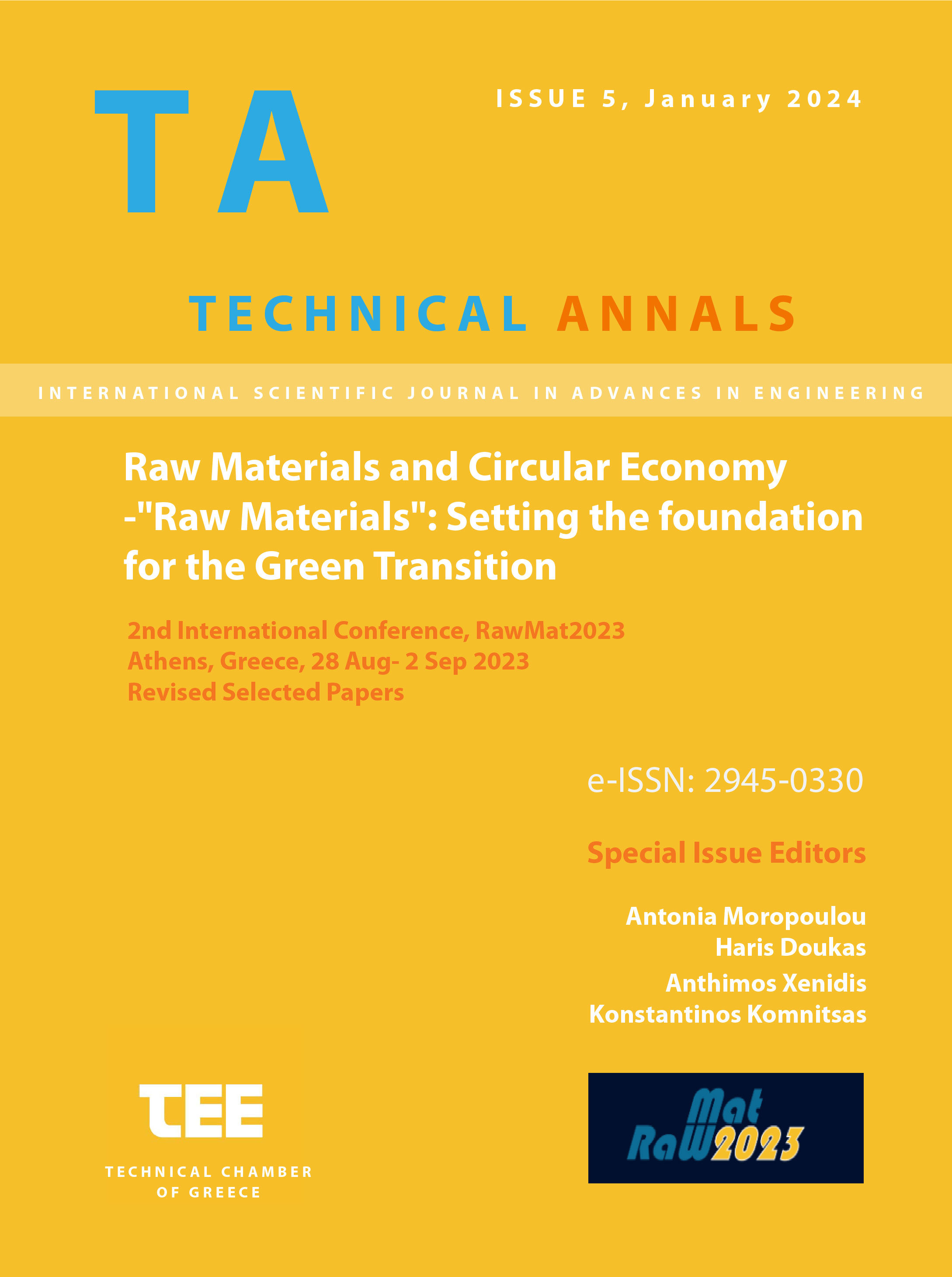Gold recovery from pressure oxide residues using thiosulfate

Abstract
Considering the toxicity and environmental problems created using cyanide in industrial applications of gold extraction, intensive research has been developed during the decades for identifying new effective reagents able to replace cyanide in gold extraction operations. The high thermodynamic stability of gold complexes with certain compounds is the first prerequisite for the selection of a promising extractant. The stability of gold-thiosulphate complex, though considerably lower than that of cyanide, is the highest amongst other alternative ligands, and for this reason it has been thoroughly investigated with laboratory and pilot scale tests. Ca-thiosulphate salt was selected for evaluation in the framework of the present work, as a promising cyanide-free alternative for obtaining the recovery of gold from the pressure oxidation (POX) residue of gold bearing sulfide concentrates. Ca- thiosulfate leaching experiments were conducted, investigating parameters such as initial thiosulfate concentration, initial pH, temperature, and solid-liquid mixing ratio (S/L). Findings reveal promising gold recovery rates with potential optimization through parameter adjustments. The objective of this research is to offer valuable insights into the feasibility of employing thiosulfate as a gold recovery agent, advocating environmentally conscious practices in the metallurgical industry and addressing challenges linked to pressure oxidation residues
Article Details
- How to Cite
-
Mystrioti, C., Kousta, K., Papassiopi, N., Adam, K., Taxiarchou, M., & Paspaliaris, I. (2024). Gold recovery from pressure oxide residues using thiosulfate. Technical Annals, 1(5). https://doi.org/10.12681/ta.36954
- Section
- Sustainable Development

This work is licensed under a Creative Commons Attribution-NonCommercial-ShareAlike 4.0 International License.


